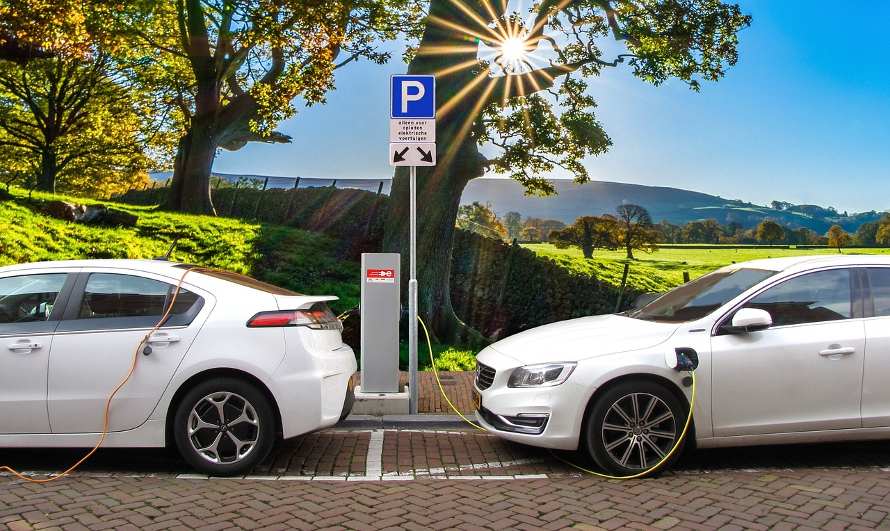A network of more than 80 carbon dioxide (CO2) sensors set up around the San Francisco Bay Area has provided the first evidence that the adoption of electric vehicles is measurably lowering the region’s carbon emissions. The network, created by Ronald Cohen, a UC Berkeley professor of chemistry, recorded a small but steady decrease in CO2 emissions between 2018 and 2022, amounting to a 1.8% annual reduction.
Cohen’s Berkeley Environmental Air Quality and CO2 Network (BEACO2N) spans from Sonoma County through Vallejo and down to San Leandro, with seven sensors located in San Francisco. The network’s primary goal is to pinpoint emission sources and identify the neighborhoods most affected by pollution and carbon dioxide. With an estimated 70% of global CO2 emissions coming from cities, few urban areas have detailed data about the origins of these emissions.
By analyzing the data from 57 sensors in the network, Cohen and graduate student Naomi Asimow concluded that the decrease in CO2 emissions was due to the high adoption rate of electric vehicles in the Bay Area. “That’s 2.6% less CO2 per mile driven each year,” said Asimow, who is in the Department of Earth and Planetary Science.
While this news is encouraging, the yearly decrease needs to be much greater to meet California and Bay Area carbon reduction goals. “The state of California has set this goal for net zero emissions by 2045, and the goal is for 85% of the reduction to come from actual reduction of emissions, as opposed to direct removal of CO2 from the atmosphere. What we report is around half as fast as we need to go to get to net zero emissions by 2045,” Asimow said.
Cohen added, “We’re at 1.8% per year today. To get to the state’s goal, we would need 3.7%. So it’s not crazy higher than where we are; we’re almost half of the way to that goal. But we have to sustain that for another 20 years.”
The study’s results emphasize the urgent need for accelerated actions to reduce CO2 emissions to achieve the ambitious zero-emission targets that cities seek. Cohen argues that his sensors are inexpensive enough, at less than $10,000 per sensor, for major cities to afford a network that provides a more granular view of unhealthy areas and pollution sources. Los Angeles, California; Providence, Rhode Island; and Glasgow, Scotland, have already adopted Cohen’s sensors to create their own pollution monitoring networks.
“We show that you can make observations and measure changes due to policies of all kinds in a cost-effective and relatively rapid way,” Cohen said. “The network involves about half a million dollars’ worth of equipment — a one-time investment — and a person per year thinking about it. One of our goals is to demonstrate, both on the CO2 and the air quality side of what we do, that this is cost-effective and translatable and easily accessible to the public in a way that nothing else is.”
In the future, satellites could monitor carbon dioxide levels across wide areas with more granularity, but those satellites are not yet available. “The optimal solution will be some combination of space-based assets and ground-based measurements,” Cohen said.
The study’s findings, which will be published online on April 4 in the journal Environmental Science & Technology, demonstrate the utility of an urban network for monitoring and managing federal, state, and city mandates for CO2 reduction. As cities work towards their zero-emission targets, networks like BEACO2N can play a crucial role in tracking progress and guiding policy decisions.
If our reporting has informed or inspired you, please consider making a donation. Every contribution, no matter the size, empowers us to continue delivering accurate, engaging, and trustworthy science and medical news. Independent journalism requires time, effort, and resources—your support ensures we can keep uncovering the stories that matter most to you.
Join us in making knowledge accessible and impactful. Thank you for standing with us!

